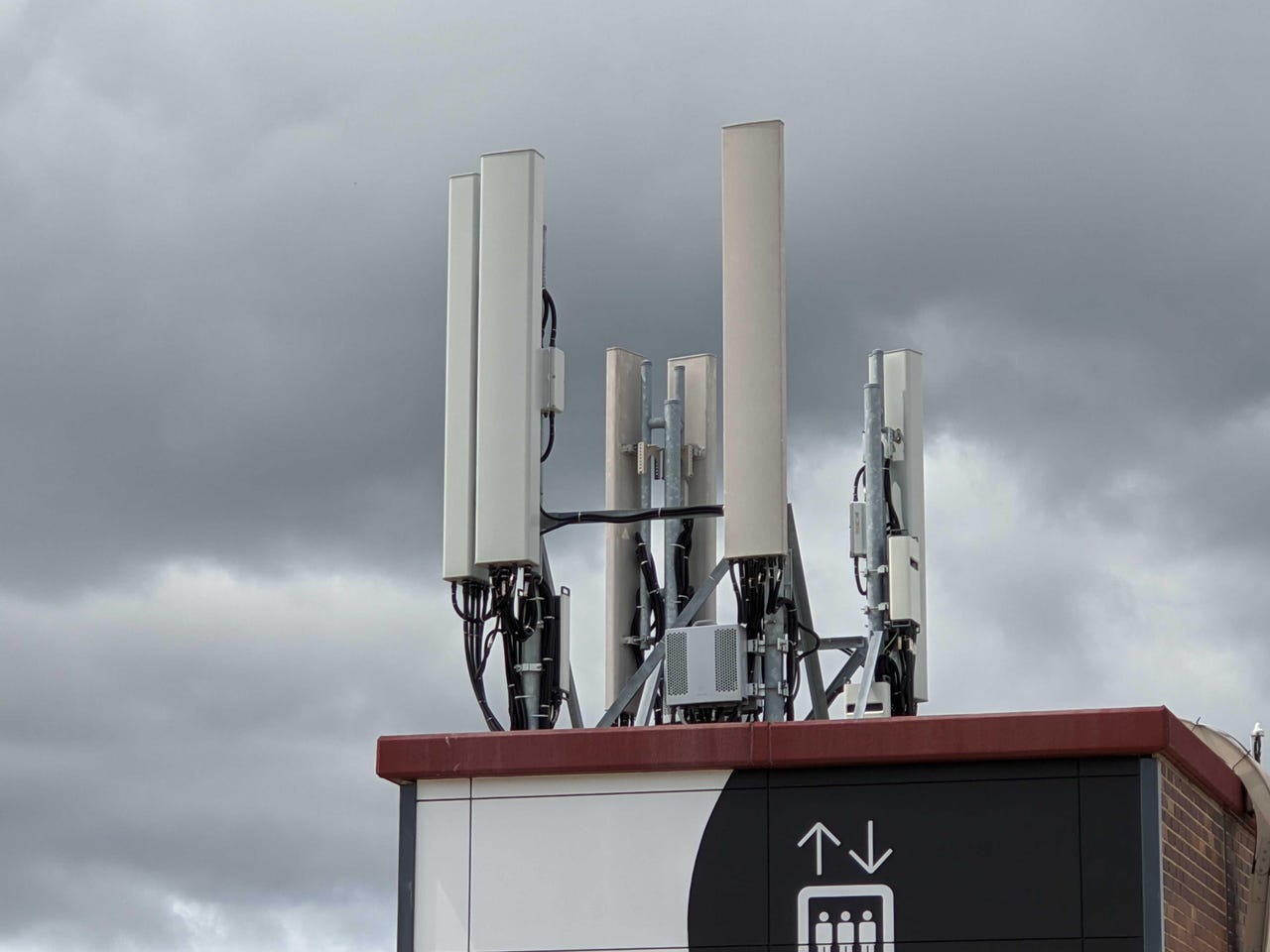Australia gets round 5A of mobile blackspot program after round 5 undersubscribed

The mobile blackspot program will get a supplementary round 5A as the Australian government had funds left over from its round 5, it announced on Tuesday.
In round 5, AU$36.8 million will be spent by the Commonwealth on 182 new base stations, with the remainder of the AU$80 million allocation to be shifted to round 5A. Industry will be stumping up around AU$39 million for new infrastructure funded in round 5.
Broken down by state, Western Australia received 63 sites, followed by Queensland with 40, New South Wales gained 25, South Australia got 17, Victoria received 13, Tasmania gained 11 sites, Northern Territory received 10 sites, and the ACT got 3. By applicant, Telstra received 97 sites, Optus gained 83, and Field Solutions Group got 2.
"The announcement of successful Round 5 locations today brings the total number of base stations being funded under the Federal Government's Mobile Black Spot Program to 1,229," Communications Minister Paul Fletcher said.
"More than 77% of the 1,047 base stations funded through the first four rounds of the Program are now complete taking us past the 800 mobile base station milestone."
As the funding rounds have extended into increasingly uneconomical areas of the country, the government conceded that fewer sites would be funded in future under existing arrangements and so, it has released a discussion paper looking at changes to the program.
The paper proposed that round 5A would target areas prone to natural disasters such as bushfires, deploy new technologies that support shared coverage from multiple mobile network operators, and improve coverage on regional and remote transport corridors.
Whereas the program had previously focused on funding single sites, under the changes, it would shift to potentially cover an entire transport route.
"There is also demonstrable benefit where mobile phone users can access consistent handheld coverage at stopping points along a route. For example, a proposal could offer handheld coverage to townships as well as around truck stops, rest areas and major points of interest for tourists along a corridor," the paper said.
"Priority will be given to proposals that offer near continuous coverage along a route/section, subject to value for money considerations."
Under the first four rounds, telcos needed to pay for the operation and maintenance of successful sites, with round 5 allowing telcos to capitalise the cost of satellite backhaul for 10 years. Under 5A, it is proposed that telcos would be allowed to capitalise the costs of leased optical fibre and microwave backhaul.
See also: Facebook comments manifest into real world as neo-luddites torch 5G towers
The government also noted that during the life of 5A, telcos would be expected to migrate away from 3G services to 4G, and therefore it is looking to set 4G as the minimum service. That means if a telco currently relies on 3G to provide services to an area or transport route, the telco would need to cover the same area with 4G before being able to switch off any 3G services.
"Consistent with earlier rounds, funding recipients will be permitted to upgrade to newer technologies provided service and coverage requirements are met," the paper stated.
The closing date for submissions is 19 June 2020.
To date, under the mobile blackspots program, the government has set aside AU$380 million over six rounds, with AU$560 million from co-contributions from industry, state governments, and other third parties thus far.
Around 28% of base stations from rounds 1 through to 4 offer collocation, or are collocated on existing infrastructure. However, Vodafone has complained for years that Telstra puts up significant barriers on collocated sites.
In 2017, Vodafone said it wanted to collocate on over 100 of Telstra's sites.
"We approached collocation in the spirit of the program, enthusiastically offering to share our sites with other operators as per the program guidelines," a Vodafone spokesperson told ZDNet at the time.
"As a result, more than 60% of our sites under round one accommodate another operator. Unfortunately, this was not our experience when seeking collocation."
Vodafone said only 4% of Telstra's round 1 sites had collocated services.
Once round 5A of the program is complete, the government will undertake its AU$80 million round 6.
